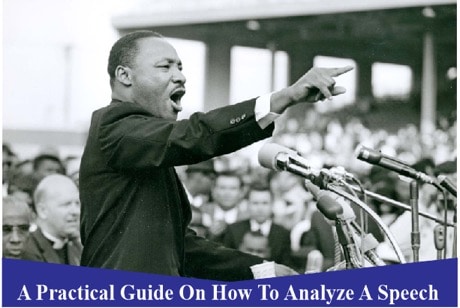These Are the Colors to Wear When Giving a Presentation
How can we choose a suitable color scheme for a presentation? This is a complex subject; many professionals also do not know where to start thinking about this subject.
It’s not just clothes that influence other people’s opinions of us, but colors as well, including in professional situations.
According to experts, the most suitable shades for a job interview are different from those for a group presentation or meeting. This article will share with you more about the psychology of colors and give you some guidelines that the designers use.
According to fashion designer David Zyla, colors are essential to enhance the characteristics individually and to make each person feel better about himself.
“We have colors in our eyes, hair, and skin. If we highlight them and if we think of them as a background, then clothes, accessories, and makeup will only be there to illuminate them “.
Suppose the idea is to convey seriousness, credibility, and formality.
“Dark colors, like blue marine, black, brown, wine, and moss green bring this idea of seriousness. The psychology of colors is the study that shows how our brain identifies and turns colors into sensations.
These Are the Colors to Wear When Giving a Presentation
For a presentation, it is recommended to wear colors as 1) Blue even though it can be perceived as cold, but with energy and firmness on the subject, it works just fine. 2) Violet because it is the color of balance and neutral colors. 3) Black and 4) White. Never perform a full black or full white presentation because their cultural and social backgrounds can be misunderstood.
7 Characteristics of Colors that can Influence Presentations
There are 7 characteristics of Colors that can influence or affect people’s perception of dimension, weight, lighting, temperature, emotions, memories and serve as symbolism to convey ideas.
Let us briefly look at each down below:
1. Dimension
Color can affect the perception of the actual size of an environment. For example, depending on the color, the person may have the impression that it is in a larger or smaller space, but they’re the same size.
2. Weight
Colors can influence the feeling of weight that a given object appears to have. For example, according to the color used, an entity may appear lighter or heavier.
3. Lighting
According to color, there are different variations in light absorption. For example, an environment or the object may become darker or brighter due to the color that we put on.
4. Temperature
Colors can also convey the feeling of a warmer or more chilly environment. For example, the one’s knowns as “hot colors,” one of them is red, carry this name bypassing this “heat” type.
5. Symbolism
The transmission of ideas and meaning that each color conveys can vary from the social or cultural context in which a person has been inserted, per the experiences of each other’s lives.
It is also possible that a color awakens various distinct feelings and emotions in the same person at different times in their life;
6. Emotion
In psychology, it is said that colors directly affect the awakening of emotions in people, influencing mood and impulse motivation.
7. Memories
A particular color can cause a memory from a situation from your significant past, the same is valid for smells, color visualization may also be associated with specific moments in someone’s life.
Meaning and Signifiers Commonly Linked to Colors
To make it easier, we compiled a list of meanings and signifiers commonly linked to specific colors:
| Color | Meaning |
|---|---|
| Red | Red is a color that passes a message of energy, courage, self-esteem, and power but can also be interpreted as aggressive and invitation to fight. |
| Yellow | Yellow represents intelligence, creativity, and intuition, passes a high-spirited image. But color can also be understood as a lack of stability. |
| Orange | Orange is the color of courage, encouragement, of facing challenges. However, it can be understood as a sign of excessive impulsiveness. |
| Green | Green is a color that relaxes, calms, brings balance to the day. Although everyone wants peace in life, depending on the situation, the message that green passes is interpreted as “soft body” or lack of commitment. |
| Blue | Blue transmits confidence, calm, stability, and hope, but it is seen as a reflection of coldness or emotional indifference for many. |
| Violet/ purple | It is the symbol of balance since it is the red (energy) union with blue (calm). |
| Black | Black is a symbol of seriousness and power. |
| White | White conveys tranquility and peace. It means marriage in western culture and death in eastern culture. |
“If the idea is to convey seriousness, credibility, and formality. Dark colors, like blue marine, black, brown, wine, and moss green, pass this idea of seriousness”
Ana Vaz, Image Consultant.
We saw that colors could influence how our audience can understand the clothes we wear, but the colors we choose are a big part of the picture if we want our audience to engage in our message and not in the wrong thing.
Conclusion
The existence of colors in our lives is something we cannot control; they are everywhere, from the mugs in our kitchen to the landscape that we see through the window at home or work and in the clothes we wear.
Colors have the power to influence how our day will be and how people understand our presence in all kinds of situations, and she should always consult the meaning of each color first.
Reference and Further Reading
Color Psychology – What Colors Make Great Presentations?







